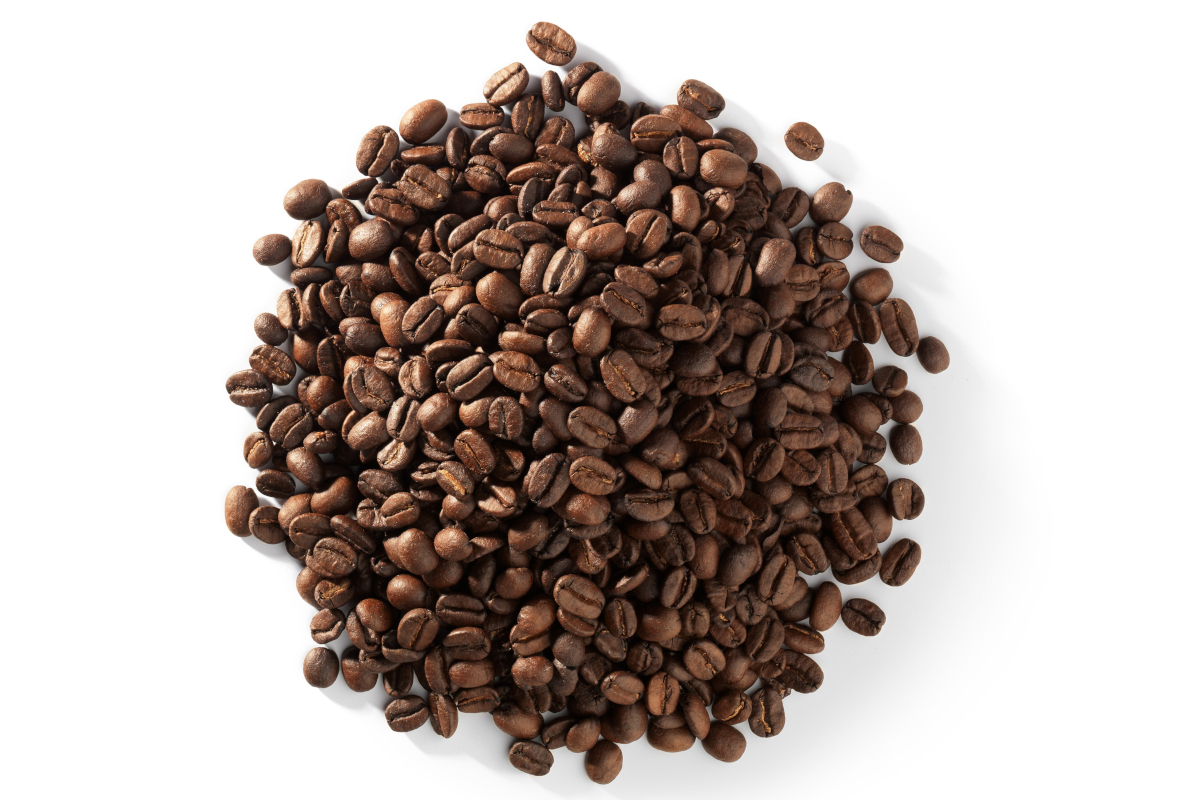
In the vast expanse of daily coffee consumption, estimated at three billion cups globally, an emerging trend is brewing: some of those cups may already be filled with brews concocted from laboratory-grown beans, circumventing the need for authentic coffee as the primary ingredient. This revelation, detailed by the Wall Street Journal through a meticulous analysis of statistical metrics and market dynamics, sheds light on a paradigm shift within the industry.
Typically, an Arabica plant yields between 450 to 900 grams of coffee annually, a modest output necessitating a substantial number of trees to sustain even a modest two-cup daily habit. However, the looming specter of climate change, compounded by rampant deforestation and labor exploitation, threatens to render half of cultivation land obsolete by 2050, particularly acute in coffee powerhouse Brazil where up to 88 percent of land could be affected.
In response, a cadre of forward-thinking enterprises, as elucidated by the Wall Street Journal, is pioneering biotechnological interventions to supplant traditional coffee beans with alternative raw materials, preserving the distinctive coffee flavor profile while mitigating vulnerability to climatic exigencies.
This industry vanguard adopts two distinct strategies, reminiscent of analogous endeavors in the realm of meat substitutes. Some opt for natural alternatives, harnessing a medley of ingredients such as chickpeas, dates, agricultural remnants, or the exotic Ramón seed, posited since ancient Maya times. The underlying premise posits that the essence of an espresso or an American coffee resides not solely in the bean but in the artful alchemy of processing, roasting, and brewing. Others, however, embark on a more radical trajectory, cultivating coffee plants directly within controlled laboratory environments leveraging cutting-edge bioreactor technologies.
Nonetheless, prognosticators foresee an inevitable uptick in prices as coffee scarcity intensifies, compelling consumers en masse to explore more economical alternatives, particularly in products where coffee serves as a constituent rather than the focal point. This trend mirrors analogous shifts in the chocolate market, coinciding with a noteworthy surge in the futures markets of both commodities in recent months.
Regarding taste, empirical assessments conducted by the Wall Street Journal suggest a subtle departure from conventional brews, albeit imperceptible to the untrained palate. While occasional deviations surface, notably in the case of espresso, the discerning consumer may find solace in the notion that the essence of their morning cuppa remains unadulterated, albeit sourced from a novel paradigm of production.
